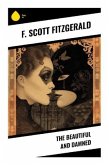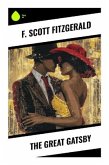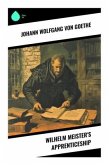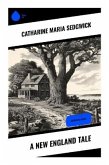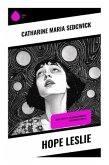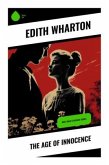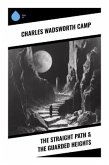F. Scott Fitzgerald's "The Beautiful and Damned" offers an immersive exploration of the decadence and disillusionment of the Jazz Age, deftly utilizing modernist literary techniques to unveil the complexities of ambition, wealth, and love. The narrative centers on the tumultuous relationship between Anthony Patch and his wife, Gloria, weaving an intricate tapestry that portrays the moral decay lurking beneath the surface of glamour. Fitzgerald's sharp prose and evocative imagery capture the era's vibrancy while simultaneously critiquing its emptiness, ultimately reflecting the disintegration of the American Dream during the 1920s. Fitzgerald, often hailed as the chronicler of the Roaring Twenties, poured his own experiences of wealth, disillusionment, and heartbreak into this work. His relationships, notably with Zelda Sayre, mirrored the tumult portrayed in the novel, providing a deeply personal backdrop that informs the characters' struggles. Fitzgerald's insights into the social dynamics and psychological underpinnings of his time render this narrative both timeless and relevant, as he navigates themes of identity and morality. This work is a compelling read for anyone interested in the complexities of human relationships and the societal pressures of an era marked by ostentation and despair. Fitzgerald's masterful storytelling invites readers to reflect on the costs of ambition and the fragility of happiness, making "The Beautiful and Damned" a critical addition to any literary collection.
Bitte wählen Sie Ihr Anliegen aus.
Rechnungen
Retourenschein anfordern
Bestellstatus
Storno


